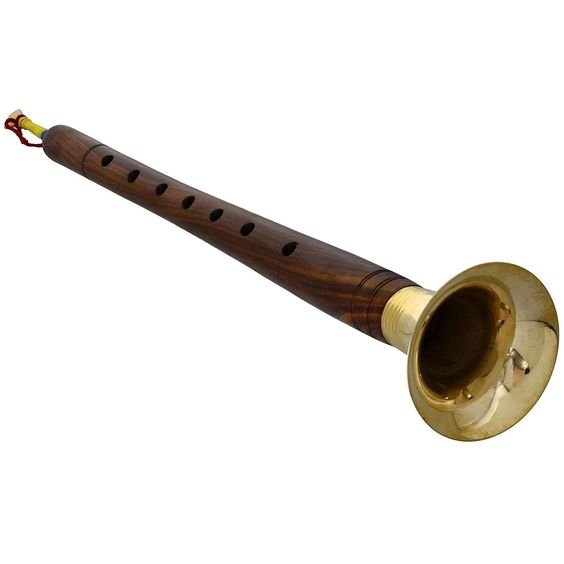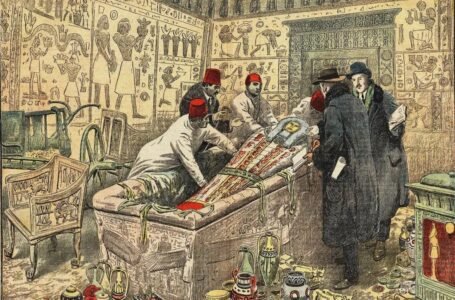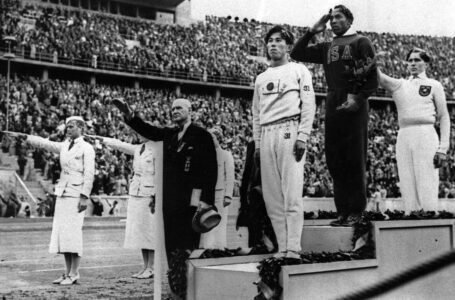The Melodic Magic of the Sehnai

INTRODUCTION
The Sehnai is a musical instrument that has been an integral part of Indian classical music for centuries. Originating in northern India, the Sehnai has a distinct, haunting sound that has captivated audiences for generations. This beautiful instrument is made of wood and has several reeds that produce the melodic notes that make the Sehnai so unique. In this blog, we will explore the history, construction, and significance of the Sehnai, as well as its role in Indian classical music. Whether you are a music aficionado or just have an interest in world instruments, this blog is the perfect introduction to the mesmerizing world of the Sehnai.
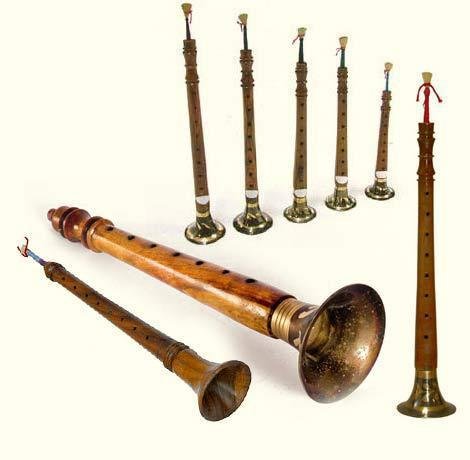
ORIGIN OF SEHNAI
The origin of the Sehnai is traced back to northern India, particularly in the state of Uttar Pradesh. It is believed to have been created and played by court musicians in royal courts. The Sehnai was traditionally used to accompany classical vocal music and dances and was considered an important instrument in Indian classical music. Over the years, the Sehnai has evolved and gained popularity not just in India, but across the world. Today, it is widely recognized as one of the most important instruments in Indian classical music and continues to be played and appreciated by audiences of all ages.
The Sehnai has a rich history that spans several centuries. It is believed to have been created in the medieval period and was initially used in the royal courts of northern India. The Sehnai was considered a symbol of wealth and power, and was played by court musicians to entertain royalty and dignitaries.

In the 19th and 20th centuries, the Sehnai began to gain popularity outside of the royal courts and was adopted by classical musicians and music enthusiasts. This led to the creation of new forms of music and innovative styles of playing the Sehnai. Today, the Sehnai is played in concerts and music festivals and is considered an integral part of Indian classical music.
Despite its long history, the Sehnai has remained true to its roots and continues to be made using traditional methods. The skills and techniques used to create and play the Sehnai have been passed down from generation to generation, ensuring that the instrument and its rich heritage will continue to thrive for many years to come.
HOW SHENAI MADE
The Sehnai is made from a single piece of seasoned wood and has several reeds that produce melodic notes. The main body of the Sehnai is cylindrical and is covered in a goatskin membrane that is stretched tightly over one end.

The reeds are made from thin strips of bamboo and are inserted into the main body of the Sehnai. They are carefully selected and treated to produce the desired tone and pitch. The reeds are then trimmed to the right length and thickness to produce the right sound when played.
Once the reeds are in place, the goatskin membrane is tied to the other end of the Sehnai using special knots. The membrane is then tightened by applying pressure with the help of small wooden blocks, creating the right amount of tension to produce the desired sound.
Finally, the Sehnai is decorated with intricate carvings and embellishments, often inlaid with ivory or other precious materials. This not only enhances the appearance of the instrument but also adds to its acoustic properties, making it a truly beautiful and unique musical instrument.
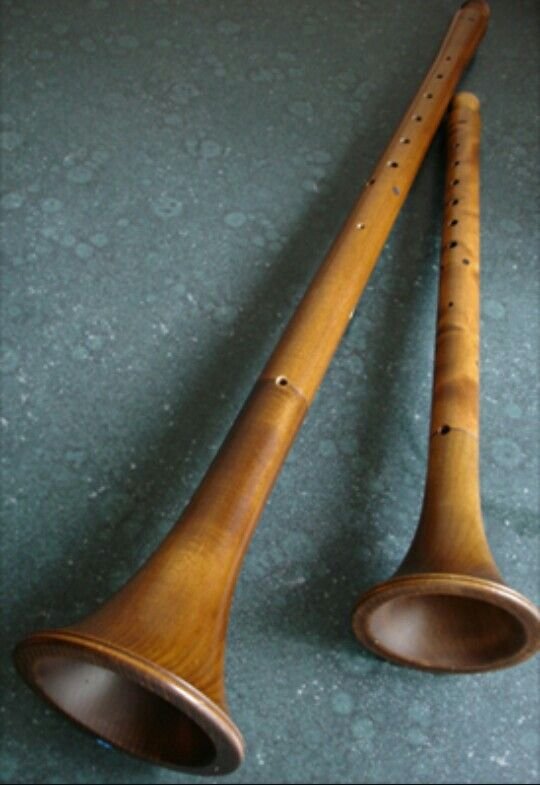
SEVERAL TYPES OF SEHNAI
There are several types of Sehnai, each with its own unique characteristics and playing styles. Some of the most common types of Sehnai include
- Classical Sehnai: This is the traditional type of Sehnai that is used in Indian classical music. It has a simple, cylindrical shape and is made from a single piece of seasoned wood.
- Bamboo Sehnai: This type of Sehnai is made using bamboo instead of wood. It has a similar design to the classical Sehnai, but produces a slightly different, more earthy sound.
- Double Reed Sehnai: This type of Sehnai has two reeds instead of one, producing a richer, more complex sound. It is often used in folk music and is considered to be more versatile than other types of Sehnai.
- Bass Sehnai: The Bass Sehnai is a larger version of the classical Sehnai and produces lower, deeper notes. It is often used to provide a rhythmic background in Indian classical music.
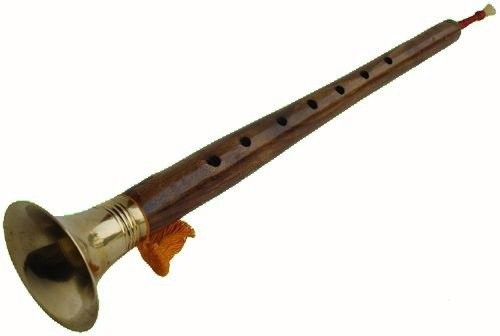
Regardless of the type, all Sehnai are played using similar techniques and require a high level of skill and precision to produce the desired sound. Whether you are a beginner or a seasoned player, the Sehnai is a truly unique and captivating musical instrument that is sure to captivate and inspire.
FEATURES OF SHENAI
The Sehnai is a unique musical instrument that has several distinctive features that set it apart from other wind instruments. Some of the key features of the Sehnai include
- Reed System: The Sehnai has several reeds that produce the melodic notes, giving it a rich, complex sound. The reeds are made from thin strips of bamboo and are carefully selected and treated to produce the desired tone and pitch.
- Goatskin Membrane: The Sehnai has a goatskin membrane that is stretched tightly over one end of the main body. The membrane vibrates when the reeds are played, producing the sound that is characteristic of the Sehnai.
- Simple Design: The Sehnai has a simple, cylindrical shape that has remained largely unchanged over the centuries. This design allows for easy portability and a straightforward playing style.
- Versatility: The Sehnai can be played in a variety of styles and genres, including Indian classical music, folk music, and devotional music. Its versatility has made it a popular choice among musicians and music enthusiasts.
- Decorative Embellishments: The Sehnai is often decorated with intricate carvings and embellishments, often inlaid with ivory or other precious materials. This not only enhances the appearance of the instrument but also adds to its acoustic properties, making it a truly beautiful and unique musical instrument.
These features make the Sehnai a truly unique and captivating musical instrument that continues to be appreciated by audiences and musicians around the world.

FAMOUS MUSICIANS OF SEHNAI
There have been many famous musicians who have played the Sehnai over the years. Some of the most renowned Sehnai players include:
- Ustad Bismillah Khan: Considered to be one of the greatest Sehnai players of all time, Ustad Bismillah Khan was a pioneering musician who helped to popularize the Sehnai in India and around the world. He was awarded numerous honors and awards throughout his career, including the Padma Vibhushan, India’s second-highest civilian award.
- Ali Akbar Khan: Ali Akbar Khan was a legendary Sehnai player who was known for his virtuosity and innovative playing style. He was a pioneer of the Indian classical music tradition and was awarded numerous honors and awards throughout his career, including the Padma Vibhushan.
- Shehnai Samrat Aashish Khan: Aashish Khan is a renowned Sehnai player who is known for his mastery of the instrument and his contributions to the Indian classical music tradition. He has performed in numerous concerts and music festivals around the world and has been awarded numerous honors and awards for his contributions to music.
- Daya Shankar: Daya Shankar is a legendary Sehnai player who was known for his innovative playing style and his contributions to Indian classical music. He was a pioneer of the Sehnai tradition and was awarded numerous honors and awards throughout his career.

These musicians have left a lasting impact on the Sehnai tradition and continue to inspire and influence musicians and music lovers around the world.
CURRENT SCENARIO
The Sehnai continues to be a popular and highly regarded musical instrument in the modern era. While the traditional style of Sehnai playing has remained largely unchanged, many musicians have experimented with new playing techniques and styles to keep the tradition fresh and relevant.
In India, the Sehnai continues to be an important part of the classical music tradition, with many young musicians taking up the instrument and learning from the masters. The Sehnai is also widely used in devotional music and folk music, and continues to be a popular choice for weddings and other celebratory events
In recent years, there has been a growing interest in the Sehnai among music lovers and musicians around the world. Many musicians are now incorporating the Sehnai into their music, using its rich, complex sound to add depth and complexity to their compositions.
In conclusion, the Sehnai continues to thrive in the modern era, with new generations of musicians taking up the instrument and adding their own unique voices to the rich tradition. Whether you are a fan of Indian classical music or simply appreciate the beauty of this captivating instrument, the Sehnai is sure to continue to be an important and influential part of the world’s musical heritage for many years to come
CONCLUSION
In conclusion, the Sehnai is a captivating and unique musical instrument that has a rich history and a bright future. From its origins in India, to its current status as a popular and highly regarded instrument around the world, the Sehnai has proven itself to be a versatile and enduring instrument that continues to captivate musicians and music lovers alike.
With its distinctive reed system, goatskin membrane, and simple yet elegant design, the Sehnai is a true work of art that has inspired generations of musicians. Whether you are a fan of Indian classical music, or simply appreciate the beauty and complexity of this remarkable instrument, the Sehnai is sure to leave a lasting impression.
As we look to the future, it is clear that the Sehnai will continue to evolve and adapt to the changing times, remaining an important and enduring part of the world’s musical heritage for many years to come.
